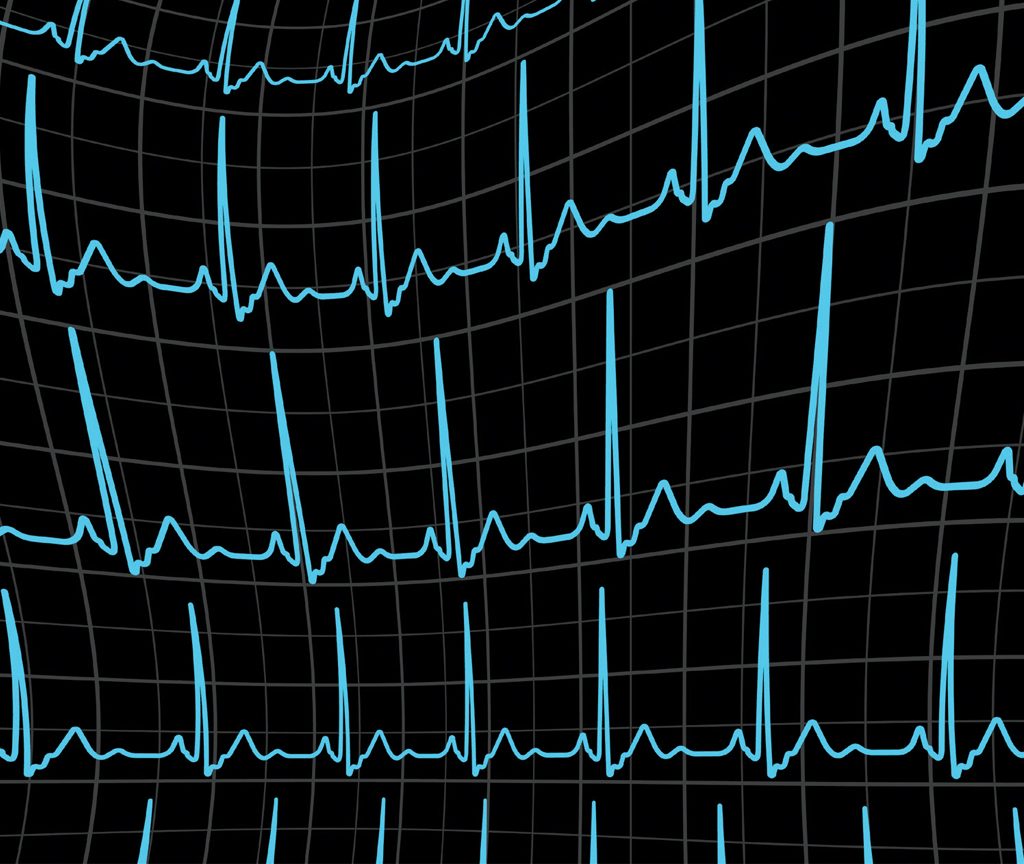
Nuclear cardiology plays an integral role in modern day non-invasive detection of coronary artery disease (CAD) and the assessment of myocardial viability. It is significantly more sensitive and specific than the standard exercise treadmill stress test.
A doctor may prescribe a nuclear perfusion study if a patient has any of the following symptoms:
- Chest pain with an unclear cause
- Unstable angina after stabilisation
- Abnormal exercise test results without symptoms
- Risk stratification in the setting of multiple risk factors conferring a high likelihood of subclinical CAD
- Abnormal baseline ECG scheduled for a standard exercise test
- Previously non-diagnostic graded exercise test
By injecting a very small amount of a radioactive isotope (known as a tracer) into the patient’s body, the isotope enters the blood and is taken up by the heart. A scanning device is then used to measure the uptake of the tracer by the heart during both stress (usually caused by exercise on a treadmill) and at rest. Wherever the scan shows that the tracer isotope is not equally distributed, it is a possible indication that the coronary arteries in that area of the heart may be moderately or severely blocked (approximately 50 to 70 percent blockage). In this way, the nuclear perfusion study not only indicates the presence of a blockage, but also where it is located in the heart.
Nuclear cardiology testing is also useful for the stratification of patient risks, allowing doctors to determine if a patient may require invasive procedures such as coronary angiography, angioplasty, heart bypass surgery or the use of certain specialised devices to optimise treatment outcomes.
Thanks to recent advances in nuclear cardiology, the use of cardiac PET scans alongside nuclear imaging techniques to diagnose CAD have become more popular. By improving blood flow imaging and allowing the evaluation of metabolic activity, these two tests – when used together – allow doctors to gather far greater amounts of information and with much greater accuracy.
One of the greatest advantages of nuclear cardiology is, thanks to its being non-invasive, its exceedingly low risk. While another non invasive imaging technique such as multi-slice cardiac CT Angiogram is highly popular, there are still some contraindications to its use: such as when a patient has renal insufficiency, an iodine allergy, highly calcified coronary arteries, hyperthyroidism and so on. If the patient is unable to cooperate and remain still while holding their breath – to allow the camera to pick up a good image – This is when nuclear cardiac imaging may be the alterative non-invasive cardiac imaging of choice in this group of patients.







